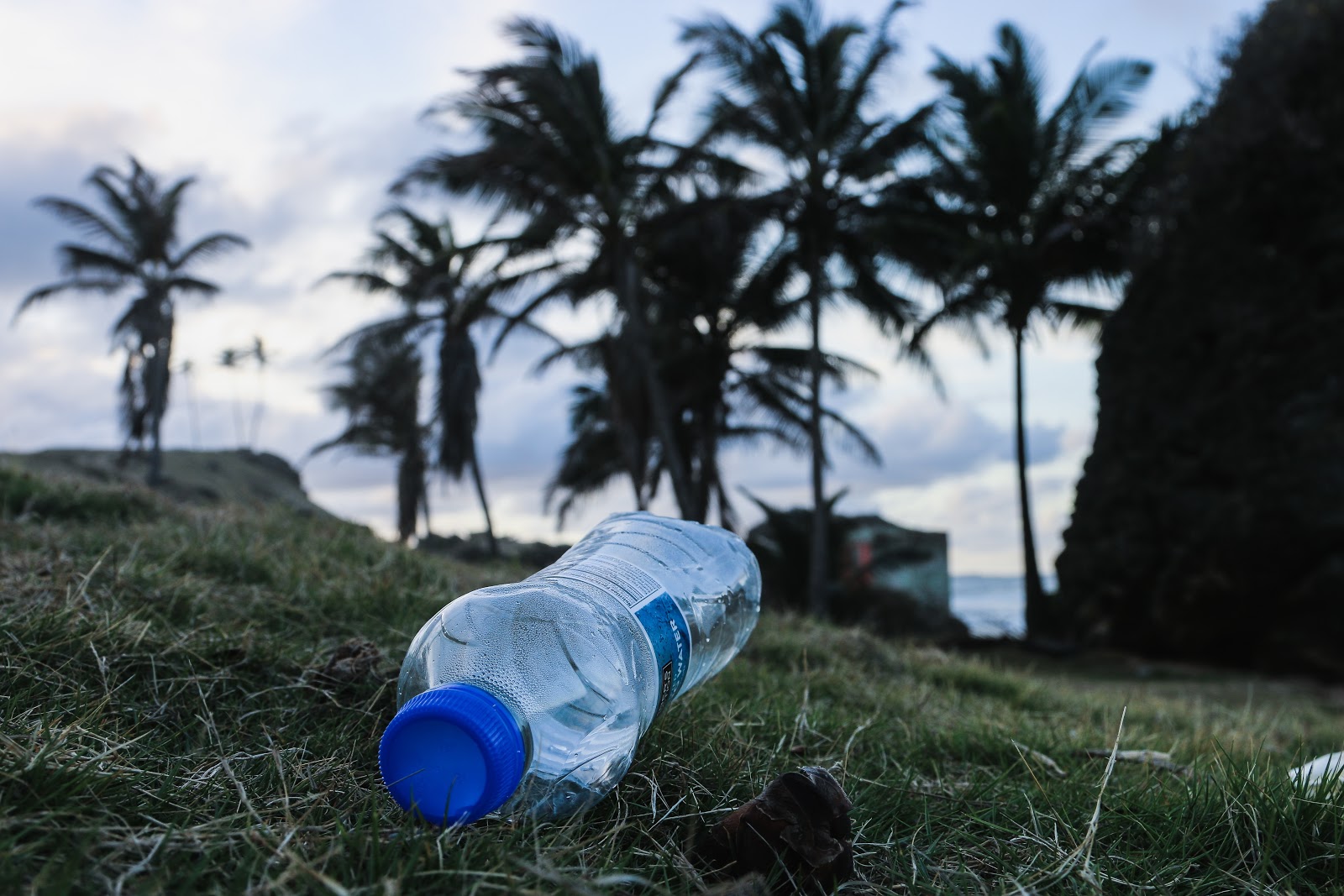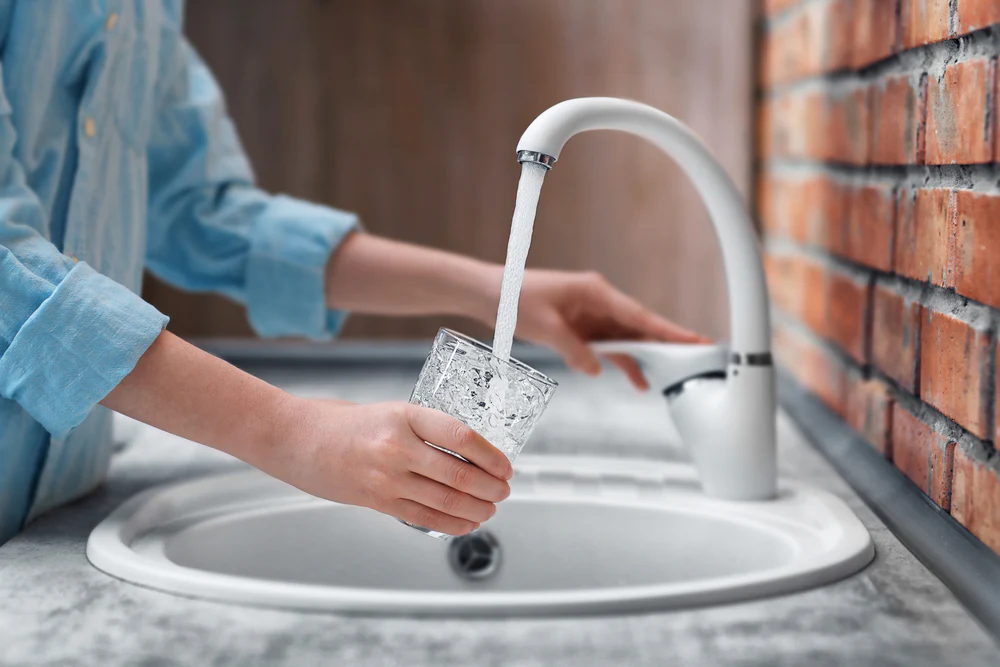California is often looked to as the leader of change. When it decides to move forward with new trends, laws, or methods, other states often follow suit. In August 2019, San Francisco International Airport (SFO) became the first airport in the country to ban single-use plastic water bottles. This followed a 2014 ordinance which stated that no plastic water bottles could be sold on city-owned property. Since then, SFO has also added over 100 filtered water stations throughout the terminals with plans to grow that number even more.
Soon, travelers may see the same Los Angeles International Airport (LAX). Last November, the Los Angeles City Council voted to begin working on laws that would replicate San Francisco’s ban of single-use plastic water bottles across all city facilities, including LAX. Part of the discussion revolved around hearing from various city departments with regards to their recommendations and suggested modifications to eliminate single-use water bottles at city-sponsored events.
This movement throughout the state is based on curtailing the negative effects that plastic has on the environment, in addition to the cost it takes to produce and distribute single-use water bottles. Most importantly, the move to expand and maintain current tap-water stations within parks and other public areas is an effort to provide residents access to clean drinking water and reduce waste overall.
The upcoming 2028 Summer Olympic Games and the Los Angeles’s Green New Deal have also led to action from city officials who’ve put into place aggressive deadlines to remove the use of single-use water bottles as much as possible. With any hope, other cities and states will see the progress that has already been made and want to join the ban.
Since it’s been forecasted that there will be more plastic waste in the ocean than there are fish by 2050, the urgency to create laws and implement better habits has shifted action plans into high gear.
The City’s Green New Deal
LA Mayor Eric Garcetti introduced the city’s first Sustainable City Plan in 2015, which put the city on a path to protect the environment and grow the economy. It covers several areas of renewable energy and recycling initiatives. This includes phasing out single-use plastics by 2028, including but not limited to plastic straws, utensils, take-out containers, and expanded polystyrene.
Each phase of the city’s Green New Deal outlines specific measures, targets, and milestones. Among the initiatives for 2021 are:
- Banning polystyrene citywide including such items as food containers and packaging materials.
- Implement a zero waste policy for city-sponsored events to minimize plastic waste and provide recommendations for best practices.
- Launch educational awareness through libraries and public recognition programs about sustainable food waste management practices and other recycling opportunities.
Additionally, with the availability of the WeTap app, residents can easily find the locations of public drinking fountains and hydration stations to reduce the dependence on single-use bottles of water, as well as volunteer opportunities to identify areas where repair or updates are needed.
It takes many moving parts to create and enact a plan like this, but with the buy-in and support of city officials and residents, everyone can work together to create a cleaner, greener future.
Alternatives to Single-Use Plastic Water Bottles
Convenience is the number one reason why people still use single-use bottles of water. They’re not cheaper and they account for a considerable amount of waste, but it’s the grab-and-go allure that maintains its popularity among the masses. Behaviors have changed over the years and an increasing number of people have opted to use reusable water bottles to get their daily water intake.
Since airports including SFO and LAX have begun to install additional free filtered water stations, it’s given travelers an incentive to pack their reusable water bottles rather than buying a single-use plastic bottle at every layover. It’s the answers the convenience need without causing additional plastic waste.
However, water dispensers across the country vary in quality and upkeep, which doesn’t always put this option in the best light. And, although Los Angeles is working on ways alternatives to single-use plastic water bottles at events, currently the only other water alternative are city fountains, which may not always be available or in the best condition.
The answer is a hydration station that can be installed in nearly any public location that distributes cool, fresh, purified water in seconds to appease large crowds. FloWater provides such a solution and has begun popping up in gyms, hotels, airports, and other public places in California and other areas of the country.
How FloWater Helps Fight the Use of Plastic Water Bottles
Clean tap water is not available to everyone which causes people to turn to bottled water or other types of beverages like soda instead. In order to get people to drink water, it must taste good and be easily accessible. FloWater offers both of these benefits, among others, with its refill stations. The innovative, sleek design sets it apart from other filtered water dispensers.
FloWater goes through a seven-step filtration system to achieve the healthiest and best-tasting water available. It’s dispensed at a refreshing 42 degrees every time and can the stations can handle a large capacity of people. It only takes 9 seconds to fill up a 24-oz. bottle, which is helpful to meet public event demands or other locations where there is a steady stream of people coming and going.
In addition to its great taste and accessibility, there’s no need for single-use plastic bottles when there is a FloWater Refill Station available. The dispensing area fits any size of refillable container, from a reusable water bottle to a gallon jug. Whenever you need hydration, there’s always clean, cold water ready to go through the station’s auto-replenishment capabilities. It removes the need for single-use water bottles at the airport and large plastic jugs commonly used in corporate offices and hotel gyms.
Statistics show that people buy nearly 1,000,000 plastic water bottles per minute and just over 20% of those are recycled within the U.S. Think about the impact it makes when people make the switch to using reusable resources, while at the same time, getting the hydration they need. It results in less plastic waste ending up in the oceans and landfills and a smooth and convenient transition for consumers.
Say So Long to Single-Use Water Bottles (and Other Plastic Waste)
The ban of single-use water bottles is part of a greater initiative by the state of California to reduce its carbon footprint when it comes to plastic waste across several areas. It became the first state to enact legislation to ban single-use plastic bags as well as plastic straws. The ban of single-use water bottles throughout the city is next on the agenda with a phase out of single-use plastic containers by 2030.
One of the goals is to use recyclable materials and create new opportunities for people to have access to clean water without the need for plastic use. Since plastic use bans aren’t federally regulated, it’s up to individual states, cities, and organizations to decide the part they wish to play in an effort to be more environmentally-friendly
Landfills are overflowing with plastic waste, which can leak harmful chemicals and pollutants into the air. Plastic materials that aren’t recycled take decades to decompose naturally. Not using them at all is the best way to prevent it from causing harm to the environment. Since single-use plastic bags, straws, and water bottles are becoming less available in California, adjusting to the switch has become a regular part of day-to-day life.
Every Effort Makes a Difference
Legislators are handling the plastic waste problem from a state-wide level, but leaving behind a smaller carbon footprint starts with the individual. Rather than relying on single-use water bottles to get your daily hydration, buy a reusable water container and fill up on-the-go wherever filtered water dispensers are available. It reduces the amount of plastic within our environment and is cheaper than buying bottle after bottle of water.
With the availability of fresh water dispensers, including the innovation of Flowater’s Refill Stations, it makes it easier to make regular hydration part of your daily life. Offices are starting to swap out their water coolers, hotels are making them available for guests, and airports are installing and maintaining them in central areas to meet the needs of travelers and aviation employees.
The city of Los Angeles has a population of 4 million people. If every person decided to stop using single-use plastic water bottles, it would have a rippling effect on the planet and create additional alternatives to meet consumer demand. Hopefully, other cities and states will follow this model of banning single-use plastic and focus on sustainability and a plastic-free future.
With cities like San Francisco and LA leading the pack and making it convenient to use reusable bottles rather than having plastic bottles available for sale, it helps to change habits without too much of a disruption to the previous ways of doing things. If plastic water bottles aren’t available for purchase, filling up with filtered water at a nearby station becomes the new norm.
Sources:
- https://www.nbclosangeles.com/news/la-laws-banning-sales-plastic-water-bottles-city-property/2106280/;
- https://www.earthday.org/fact-sheet-single-use-plastics/;
- https://www.latimes.com/environment/story/2019-09-04/plastics-single-use-containers-california-recycling-crisis;
- https://plan.lamayor.org/
Hero Image Credit: https://www.ecolife.zone/reducing-single-use-plastics/




